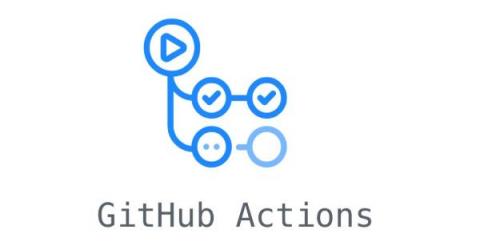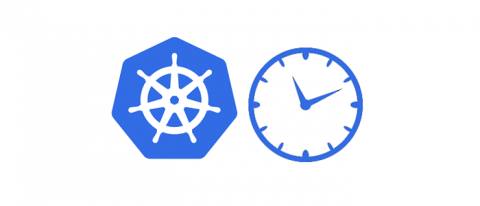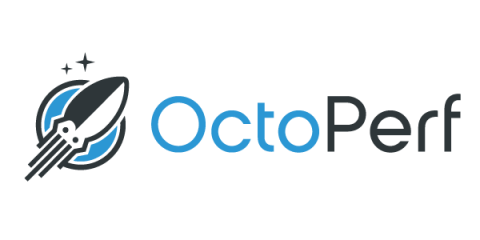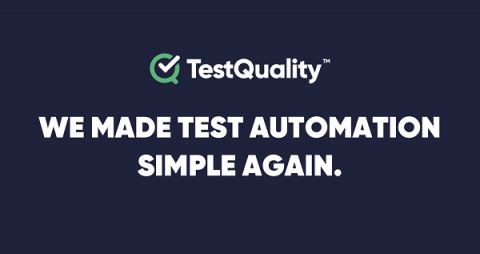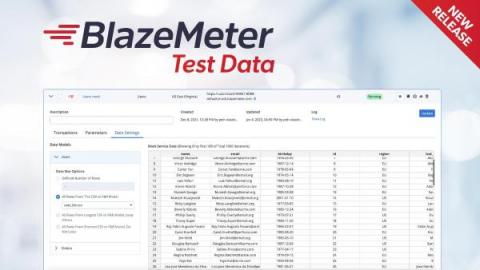For Every Github Action...
On Nov 13, 2019 Github made it’s CI/CD solution GitHub Actions generally available to the world. Since then tens of thousands of shared workflows have been published. It is now the default for most Github projects given how easy it is to integrate with an existing repo. Projects of all sizes have adopted it from our homegrown Terraform module to the Docker Cli. This is why at Speedscale we’ve published a template for how to use Speedscale in conjunction with GitHub Actions.


